What to see, where to go and what to avoid? I had a lot of dilemmas in Braunschweig. The city is incredibly rich historically, has many very interesting places to relax, but also architecturally does not differ from other cities of Lower Saxony. And museums. A few really strong positions. I tried to experience everything a little bit. I have combined the strengths of Braunschweig into a list of interesting places worth visiting.
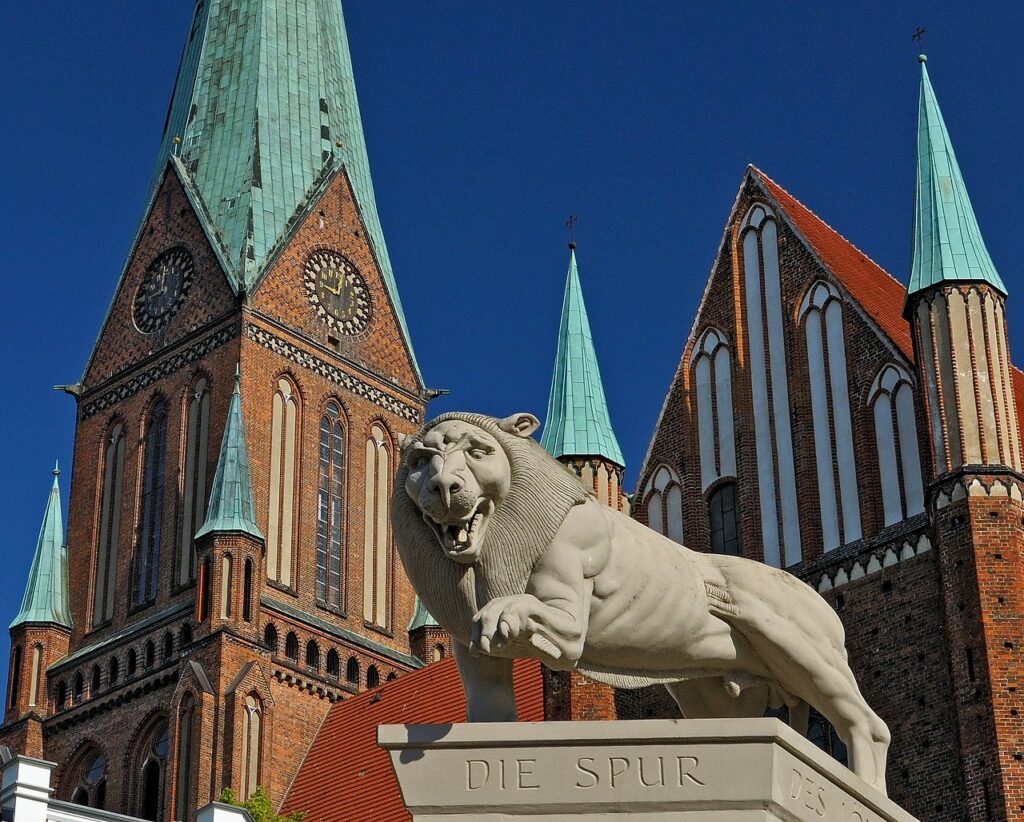
Burgplatz
Getting to know the historical atmosphere of Braunschweig is worth starting with a visit to the Burgplatz. This is one of the places where the history of the city begins. The square is surrounded by many interesting monuments, and in its center there is a statue of a lion, built around 1166 by none other than Henry the Lion. Initially, the monument was covered with gold. The buildings on the square have retained their medieval character, they look very slim and, well, how not to use these terms – it delights and impresses!
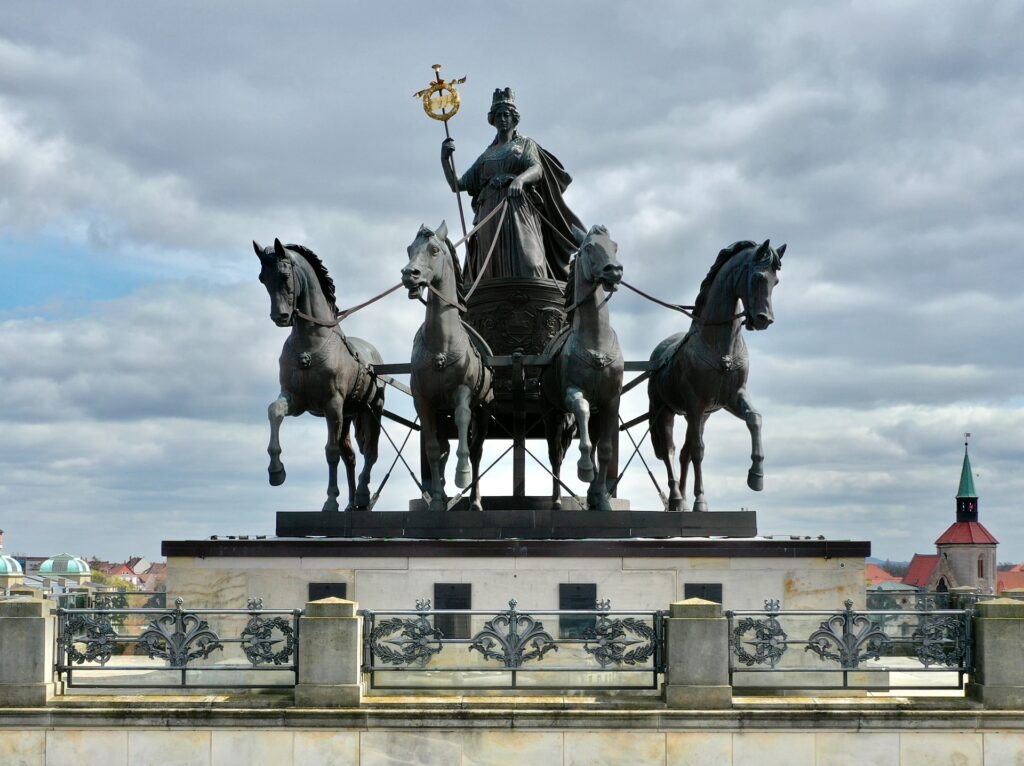
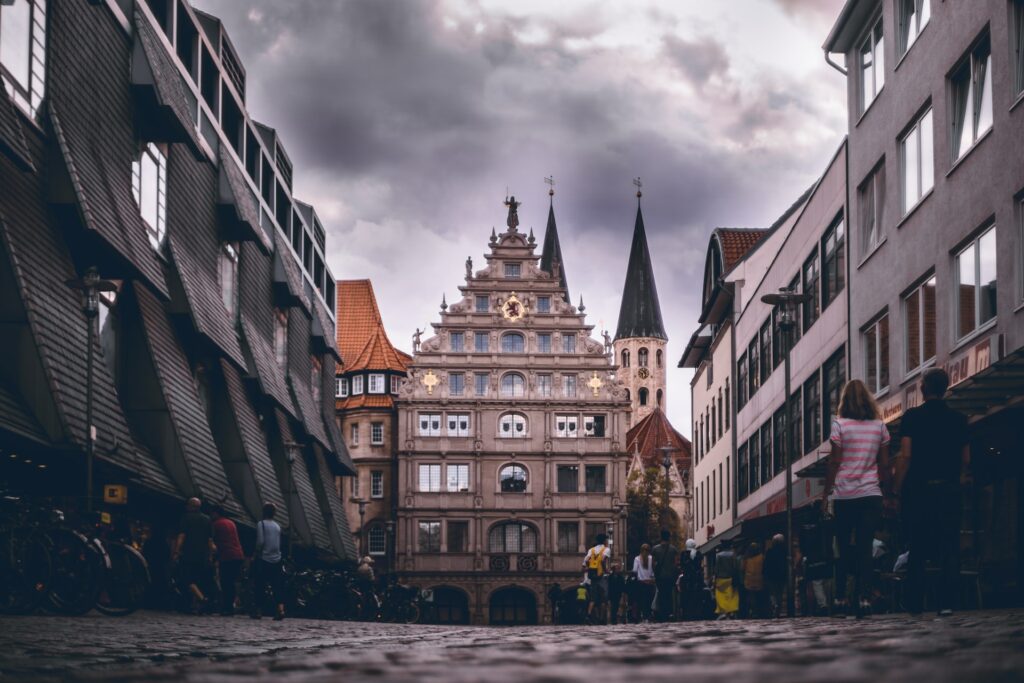
Each of the buildings on Burgplatz has performed important functions for centuries. Some of them are now museums. This is the case, for example, with the building that now houses the Braunschweig State Museum. By visiting the permanent exhibition, you will be able to learn about the fate of the Braunschweig region from its foundation to the present day.
Unfortunately, I was a little unlucky when I arrived at the Burgplatz, because the stage editing had not finished yet. I didn’t have the opportunity to see the space of the square in all its glory.
Dankvarderode Castle
An important museum on the Burgplatz is located in Dankvarderode Castle. The castle is also the creation of Henry the Lion (built in 1175). The permanent exhibition of the museum is dedicated to the Middle Ages. It consists mainly of the values of the Welf family and the signs of church authority. Most of all I liked the wooden altars. A bit of a side element of the exhibition. Here you can also see the original lion statue from Braunschweig. Standing on the square – a copy!
In addition to the permanent exhibition, the museum also has a place for temporary exhibitions. I came across an exhibition consisting of reconstructions of dinosaur skeletons that inhabited the Braunschweig region millions of years ago.
Cathedral of St. Blaise
Of course, the historical square would not be a historical square if the church did not belong to it. The cathedral is another of Henrik Lev’s achievements. The founder rests in his crypt together with his wife Matilda. Several other figures important to history, including Otto IV and the Dukes of Welfu, are also buried in the basement of the cathedral. However, when visiting the cathedral, it is better to leave the crypts at the end. What distinguishes the temple most of all is a huge bronze seven-branched candlestick and polychromy in the late Romanesque style. Organ music concerts are held in the cathedral from time to time. If you arrived in Braunschweig at a time when a concert is scheduled in the cathedral, do not miss this wonderful musical celebration.
Column
We are slowly finishing the tour of Burgplatz. There is another important thing in this area. The 9-meter-high column stands right next to the square at Ruhfautchenplatz 1. The rich decorations reflect the history of Christianity. Next to the column you will find a telescope that will allow you to delve into the smallest details of the scenes presented. The column is a modern implementation, referring to the ancient form. Its author is Jurgen Weber.
Prince’s Palace
If you want to go shopping in Braunschweig, the Prince’s Palace is definitely your best place. Contrary to appearance, the princess does not sell her wardrobe there. The nineteenth-century palace was turned into a shopping center. An interesting fact is that the palace was almost completely destroyed during the war, and during its reconstruction more than 600 original elements were extracted from the rubble.
Being in the immediate vicinity of the palace, it is difficult not to notice the quadriga crowning the building. There are no more in all of Europe. It depicts the city goddess Bruno driving a chariot. Try to guess how much the sculpture weighs.
You can be next to her by entering the observation deck.
In front of the palace, you will probably also pay attention to the monuments to the two horsemen. This was how the memory of Prince Carl Wilhelm Ferdinand and his son Friedrich Wilhelm were commemorated. Both were military commanders during the Napoleonic Wars.
St. Ulrich ‘s Church
I’m going to add to this list another church that I particularly liked. We are talking about the Brudenkirche, which took almost 100 years to build! (1345-1452). The church does not have a tower, but there is a three-winged monastery, which creates a very beautiful courtyard. In the monastery corridors you will find impressive stone epitaphs. I spent the most time with them. And on the terrace you can sit with a cup of coffee or juice bought at the monastery bar. It’s beautiful, isn’t it?
Kohlmarkt
I think it’s time for me to offer a place for coffee or dinner. These are good meetings to look at the rhythm of city life. I think Kohlmarkt will be the best. This is one of the favorite meeting places of the city residents, there are many cafes and restaurants here. Fashionable, but with a very pleasant space. If you want to see something special, come to the Kohlmarkt on Friday evening. No, not because everyone goes to a party right after work. Then the townhouses on the square are illuminated with colorful illumination. This is a special setting that diversifies the appearance of the square. You’ll like it.
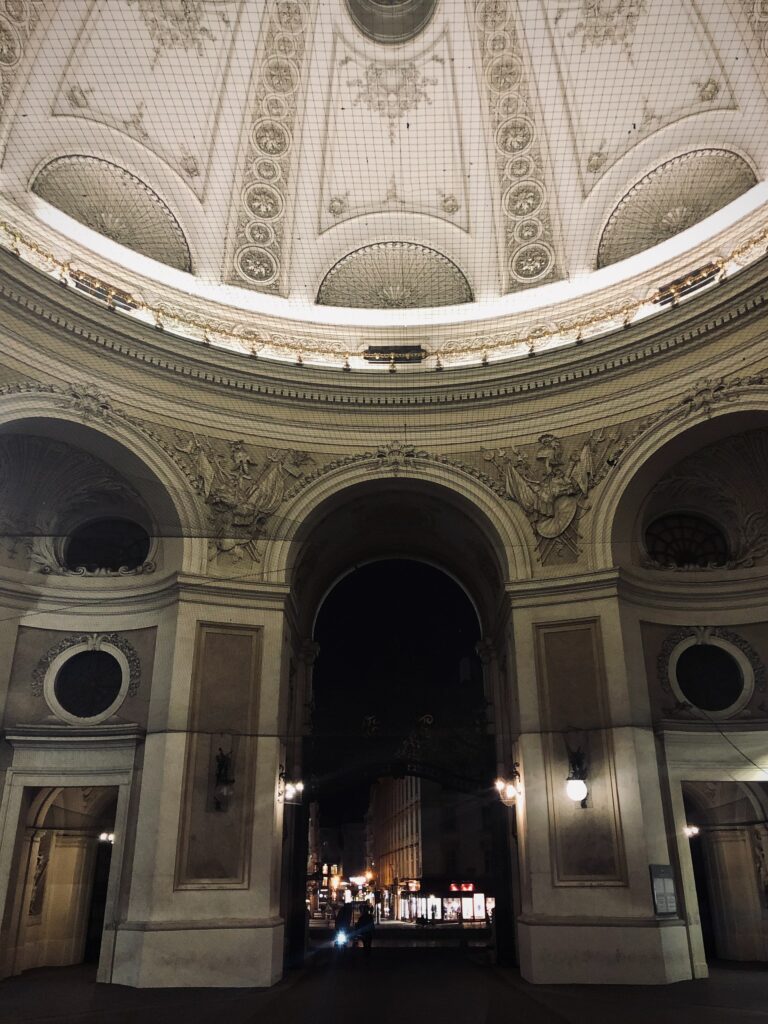
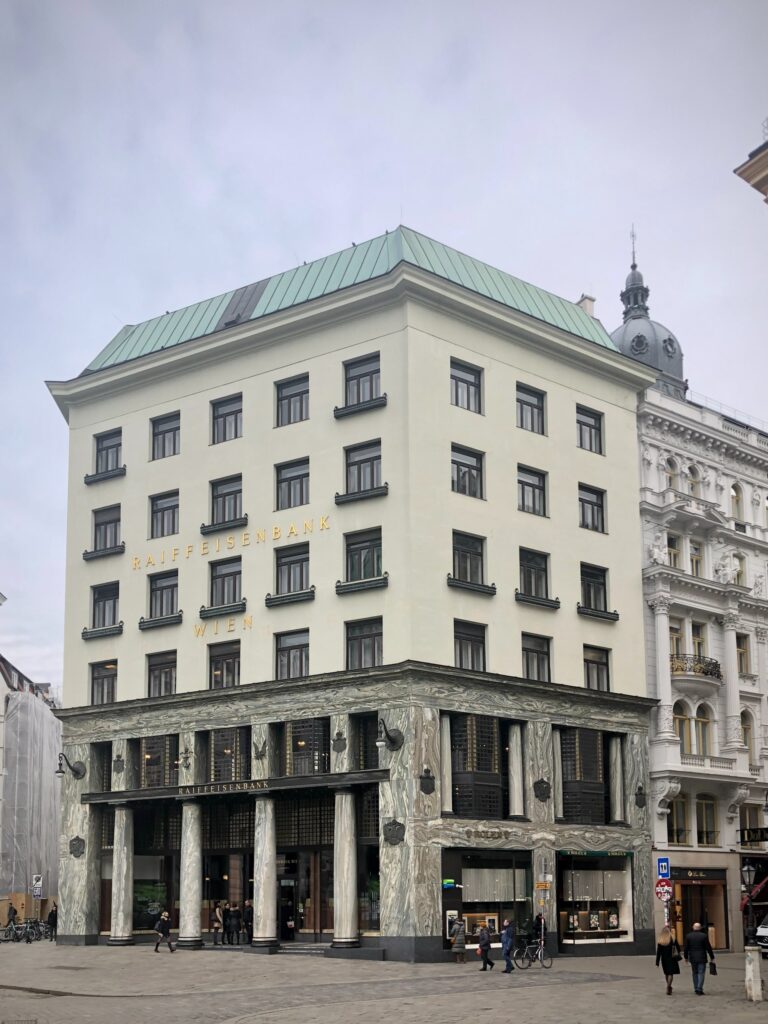
Then you can go for a walk to the shopping center of the city. Altstadtmarkt Square has been the shopping center of the city since its foundation, that is, since the 12th century. The center of the square is the late Gothic Maria Fountain. It appeared about 200 years later. The remains of the original can be seen in the town hall in the immediate vicinity of the square. The fountain was damaged during the Great Patriotic War. The monument standing in the center of the square today is a reconstruction.
When I came to the Altstadmarkt, there was a market there. I love it when markets live a commercial life. There is definitely one in Braunschweig. All cities should continue these traditions. The Town Hall is located in the immediate vicinity of the square. It is one of the most characteristic medieval town hall buildings in all of Germany. The oldest part of the building dates back to the 13th century. In the town hall there is a City museum with a collection of the most important historical monuments. A great exhibit is already in the hall. You will see it immediately after logging in. I mean the Brunswick model.
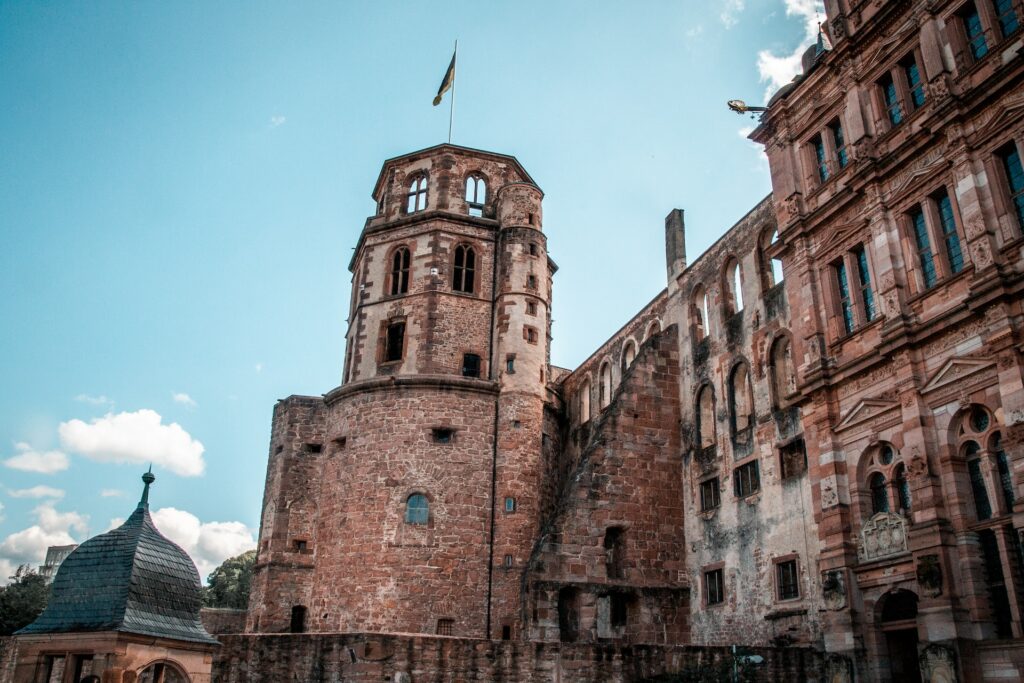
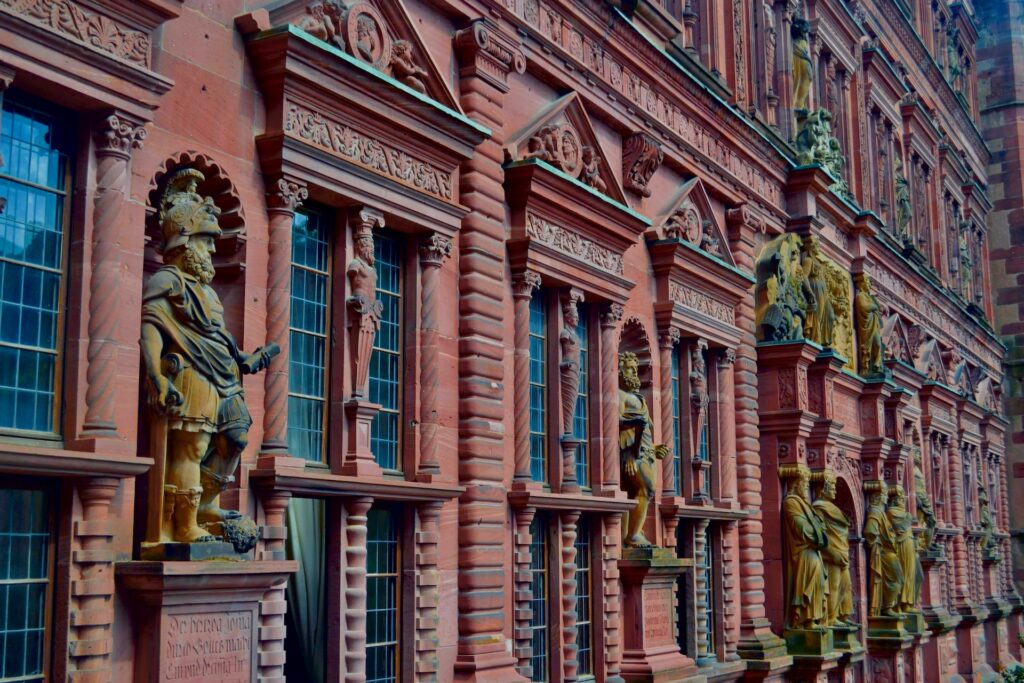

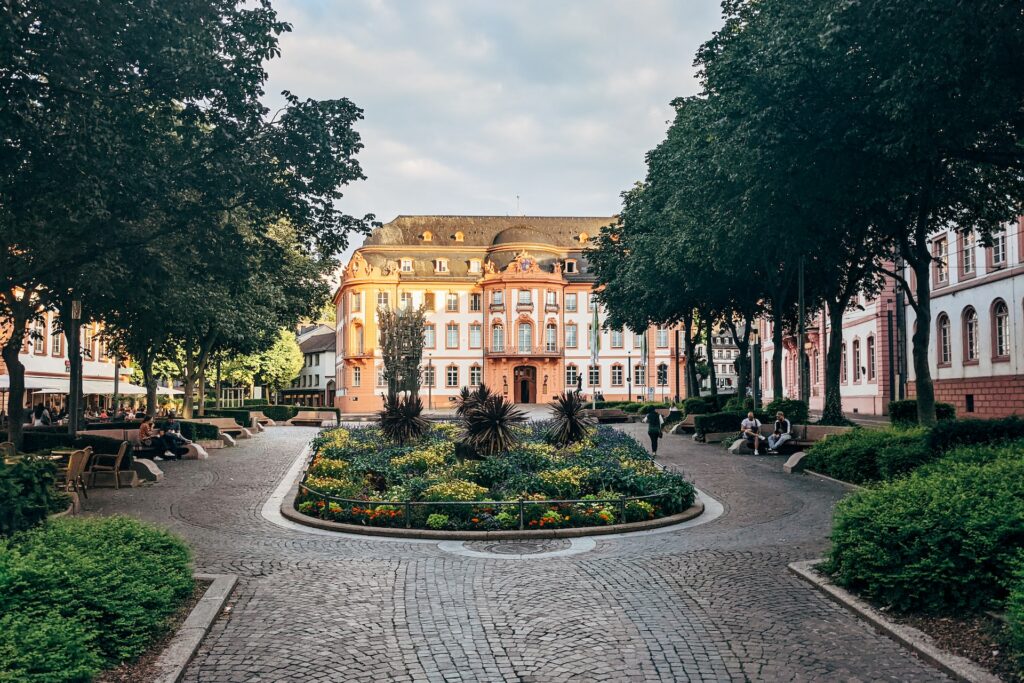
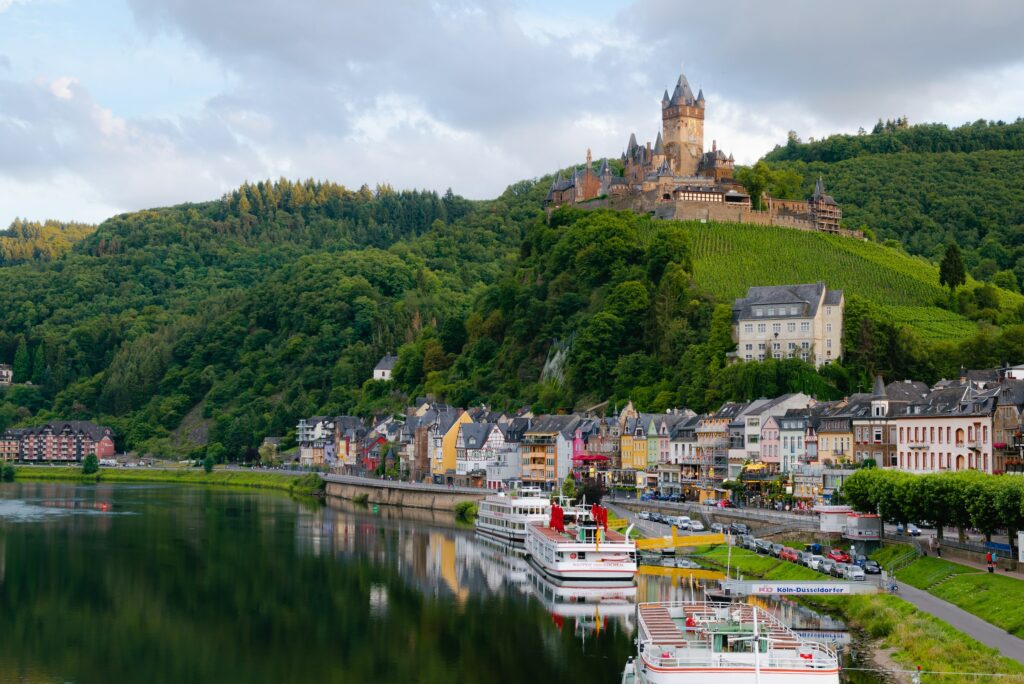
The model is made by hand by a resident of the city. One person has been working on this layout for 10 years. And that was in the 19th century. The city authorities fell in love with the dacha work of a devoted citizen and decided to buy a mock-up. He survived the wars, escaped from time and today is the pride of the city and the museum. Next to the layout there is a stand with folders about the history of the city. It’s worth taking a look and reading while holding the layout in front of you. The history of Braunschweig is unusual, and it will be very interesting to get to know it with such a visualization!
Another building on Altstadmarkt deserves special attention. It stands opposite the town hall. Beautifully decorated, very well maintained and very presentable. A very good example of the excellent craftsmanship of Hanseatic carpenters and craftsmen, whose efforts it was built in the 17th century.
It’s time to take a walk through the green areas. There is no shortage of parks, squares and plantations in Braunschweig. There are plenty of places where you can relax. Take an extra breath. Take a break from sightseeing. Although a visit to the garden can bring not only relaxation, but also interesting cognitive impressions.
I went to Inselwall Park. This park was designed in 1803 and was private at that time. People from the upper strata of society lived here, and they had recreation areas only for their own needs. The most characteristic point of the park, around which life is concentrated, is the island of Lebbekka, on which the family estate of Lebbek is located, hailing from the famous bankers of Braunschweig. The villa in the Italian Renaissance style was built in the II century. half. XIX century.
Anton-Ulrich Museum
Probably my favorite place in Braunschweig. At the beginning of the 18th century, it was a favorite place of German secular cream. It was created by Prince Anton-Ulrich, an enthusiastic patron of the arts. He collected works of art in all forms, but the largest place in his collection is occupied by paintings and sculptures. So, as you probably guessed, the museum has collections of works of art from different eras. The prince has visited many places where the exhibits come from, so we can assume that the choice of works is not accidental, and we can even safely say that they were correctly selected based on the preferences and experience of Anton-Ulrich.
The museum is divided into three levels, each of which is divided into several sections. Each of them corresponds to a certain style and era. Here you will find 17th-century Dutch painting, 17th-century Flemish painting, 16th-century German painting, 18th-century Italian painting… The key to the organization of the exhibition was also the theme, so you can find yourself in a room dedicated to allegories, the study of nature or virtuosity. If you are interested in any names, you can see the works of Rembrandt, Rubens, Van Dyck or Holbein.
The museum can be visited individually in two interesting ways: either with a brochure in which the most interesting works are marked and described, or with an audio guide. The medieval part of the museum’s collection is located in the Dankvarderode Castle, which I wrote about above. And you know, this is one of the largest and oldest art collections in Germany. Don’t miss it!










